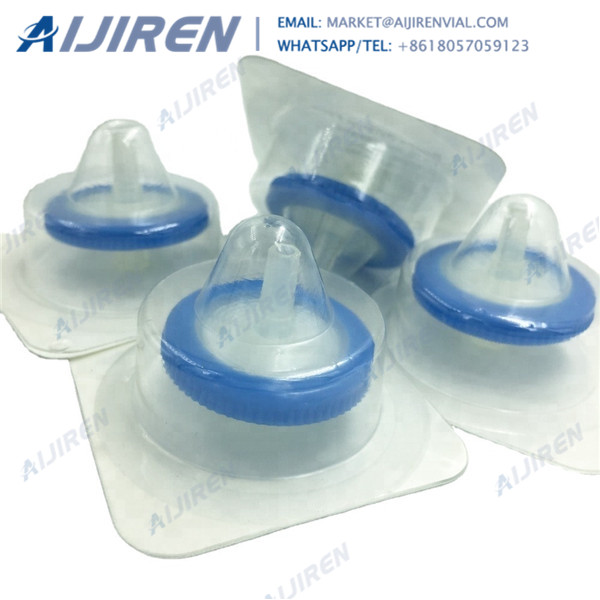
OLYCRAFT 100pcs syringe filters 0.22um/0.45um pore size plastic disposable microporous needle syringe filter PTFE hydrophobic membrane filtration for scientific laboratory - 2 colors : Amazon.nl: Business, Industry & Science
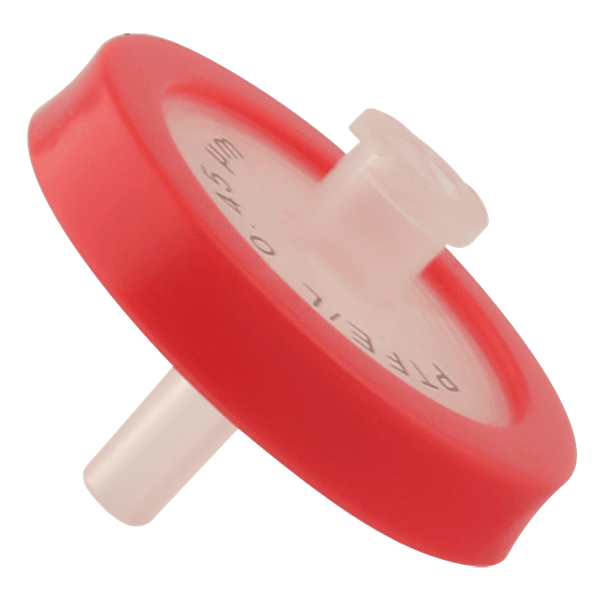
Fisher Scientific Basix Syringe Filters, PTFE, Non-Sterile - Attach to the end of syringes and filter contents as it is being forced out. Shop Basix™ Syringe Filters, Basix Syringe Filters, PTFE, Non-Sterile Diameter: 13mm; Pore size: 0.45μm:Filters | Fisher Scientific
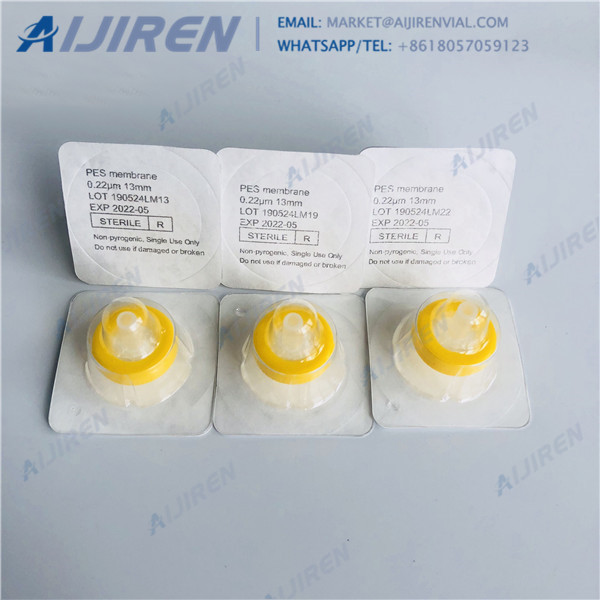
61 products. Syringe filters from Grainger are molded in the prolypropylene housings to help provide a reliable seal without adhesives. Glass fiber filters can handle viscose solutions and turbid liquids. PES filters can easily prefilter and filter buffers and culture media. PTFE filters can handle degassing and clarifying aqueous samples and
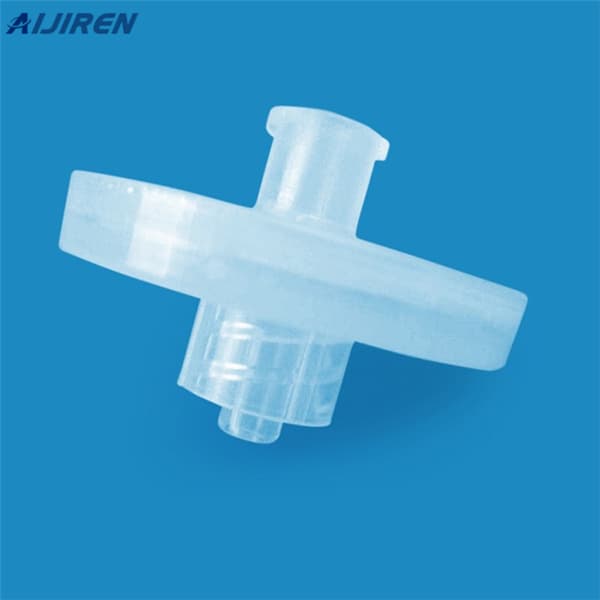
Pore Size 0.45 µm µm nominal Diameter (Metric) 25 mm Effective Filtration Area (Metric) 3.9 cm² Filter Media Hydrophobic PTFE Hold-Up Volume <125 µL Housing Material polypropylene Maximum Operating Pressure (bar) 2.1 bar Maximum Operating Temperature (Metric) 100 °C Typical Flow Rate 510 mL/min at 2.1 bar (210 kPa, 30 psi) Overview Description Type
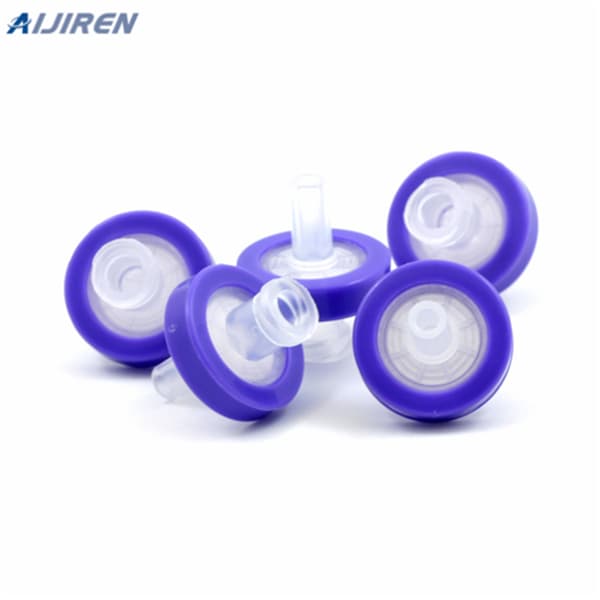
Jan 22, 2022 · CHROMAFIL® Syringe Filters - Teflon (PTFE) Polytetrafluorethylene Hydrophobic membranes For nonpolar liquids and gases Extremely resistant towards all kinds of solvents as well as with strong acids or bases This membrane can be made more hydrophilic by first pre-wetting with alcohol followed by flushing with water Chromafil Chromafil Xtra
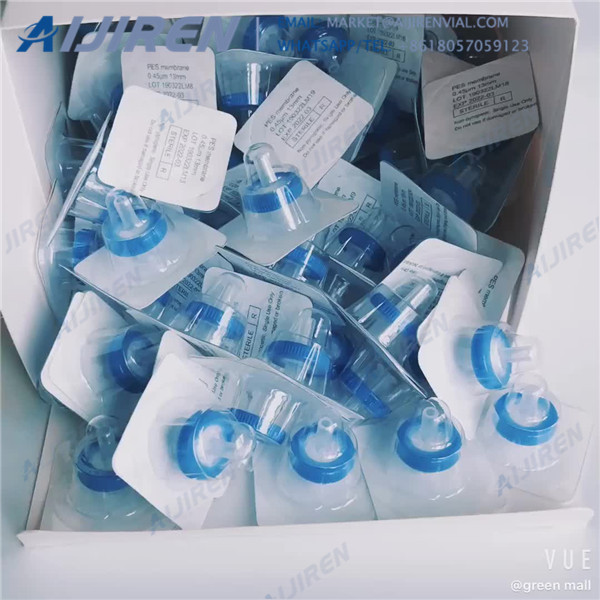
CLS43 . Corning® syringe filters, cellulose acetate membrane (surfactant-free), diam. 28 mm, pore size 0.45 μm.
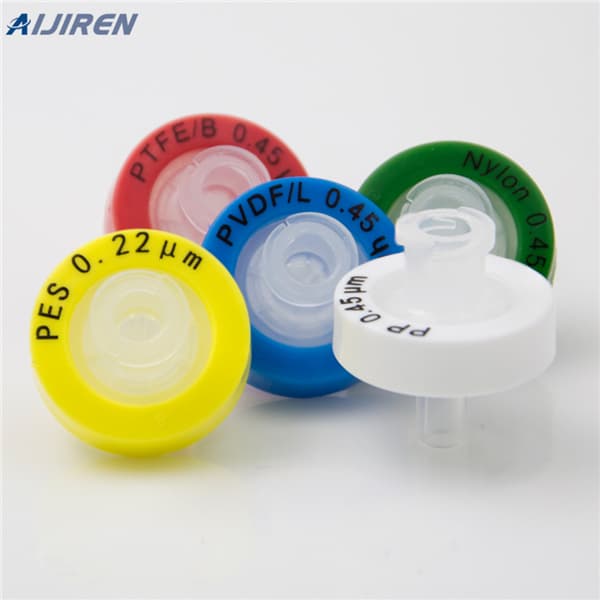
What membrane filter pore size should I use for sterilization? Regardless of the membrane filter material, always use a 0.2 µm pore size membrane filter as the final filter for any sterilizing filtration. The 0.2 µm membranes used in Thermo Scientific™ Nalgene™ filters have been tested and shown to retain 100% of a challenge of 1 X 107
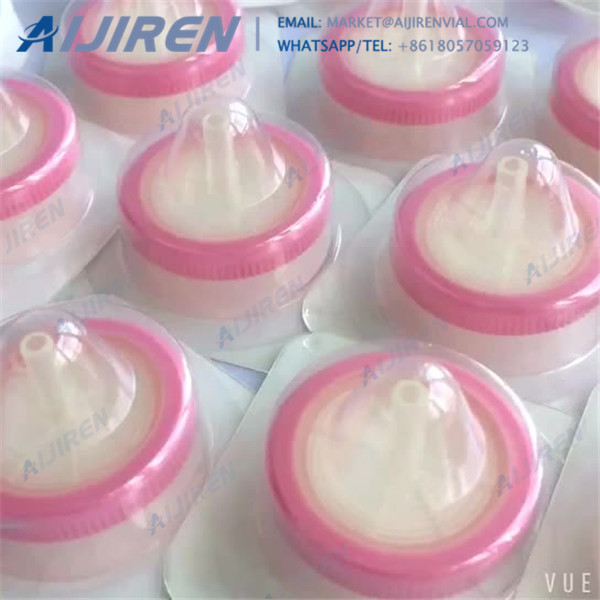
Larger 0.45, 0.8, 1.2 and 5 µm membrane pore sizes can be used for prefiltration and/or clarification. Applications Non-sterile Syringe Filter Applications HPLC certified for low UV absorbing extractables IC certified for low levels of chloride, nitrate, phosphate, and sulfate Mass spectrometry certified for low levels of extractable material
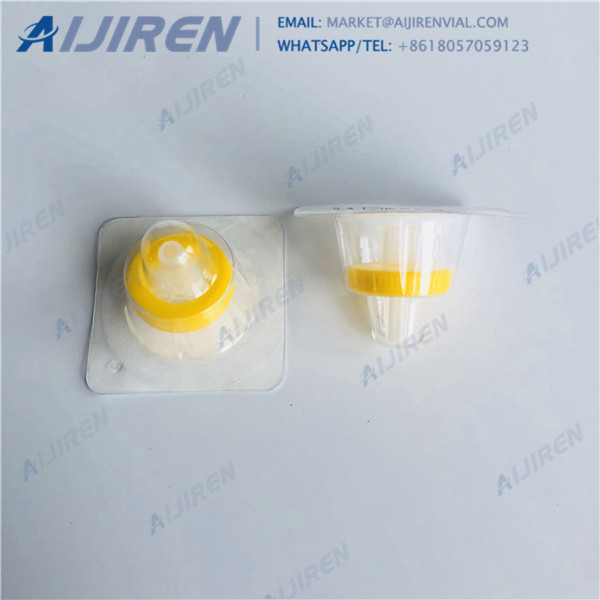
13 mm Acrodisc syringe filters are designed for the filtration of sample volumes up to 10 mL. They feature an effective filtration area of 1.0 cm 2 and a polypropylene housing which has excellent chemical compatibility properties. The syringe filters are HPLC certified for low levels of UV-absorbing extractables, preventing spurious peaks on
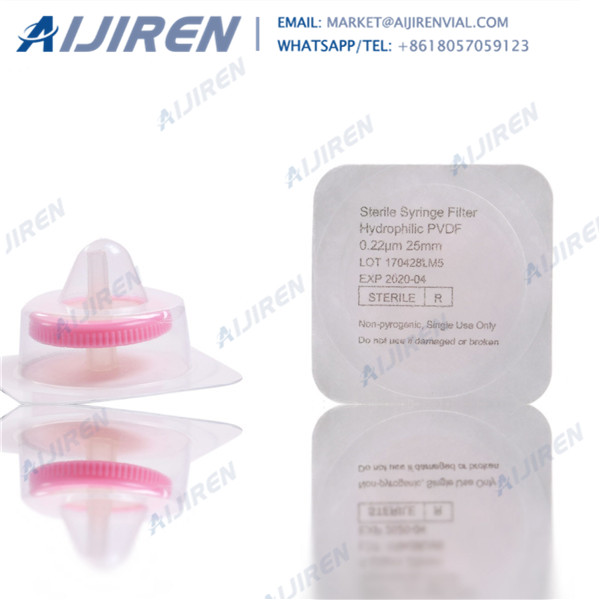
Able to filter solutions at temperatures up to 100°C Convenient and Easy to Use Color coding makes it easy to select the correct membrane and pore size Packed in re-usable rigid transparent color-coded containers Syringe filters can be sterilized by autoclave at 125°C for 15 minutes
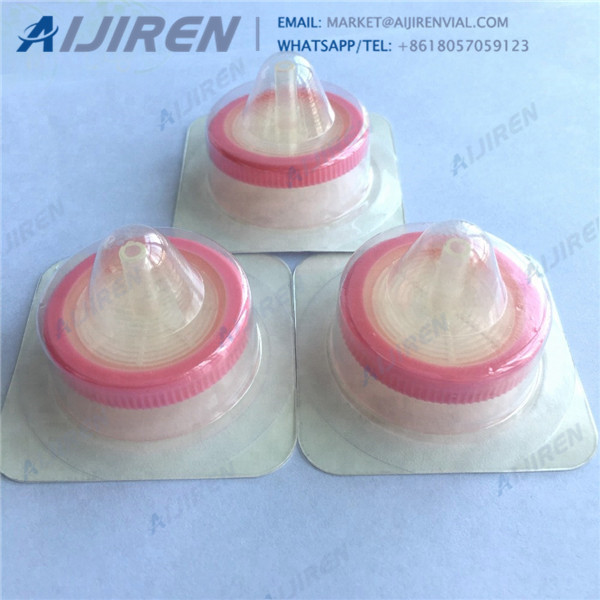
Nov 27, 2018 · Diameter: 25mm, pore size: 0.45um ; Membrane material: PTFE . Syringe filters are made of inert plastic house, membrane, and luer lock fit ; Main features: Broad chemical compatibility; Strong chemical stability and inertia; PTFE can be either hydrophobic or hydrophilic; Applicable PH value 1-14
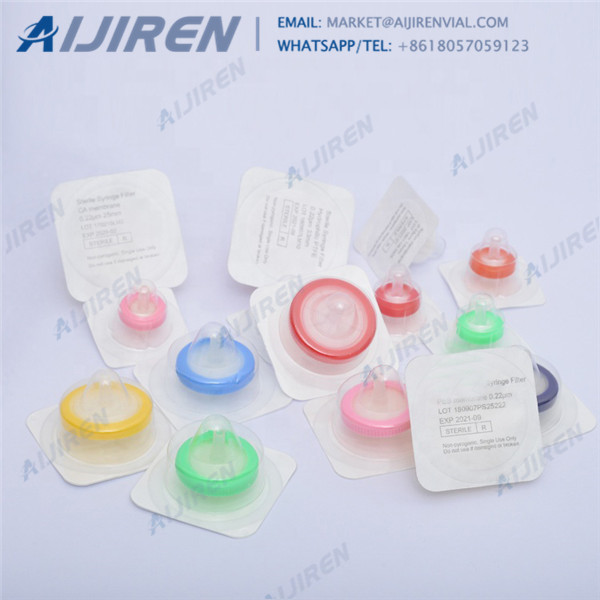
Fisherbrand Syringe Filters - Sterile MCE; Sterile; Pore size: 0.45μm; | Fisher Scientific Home Products Filters and Filtration Syringeless and Syringe Filters Fisherbrand™ Syringe Filters - Sterile 09720005 Fisherbrand™ Syringe Filters - Sterile Low hold-up volume helps you to recover virtually all of your sample after filtering
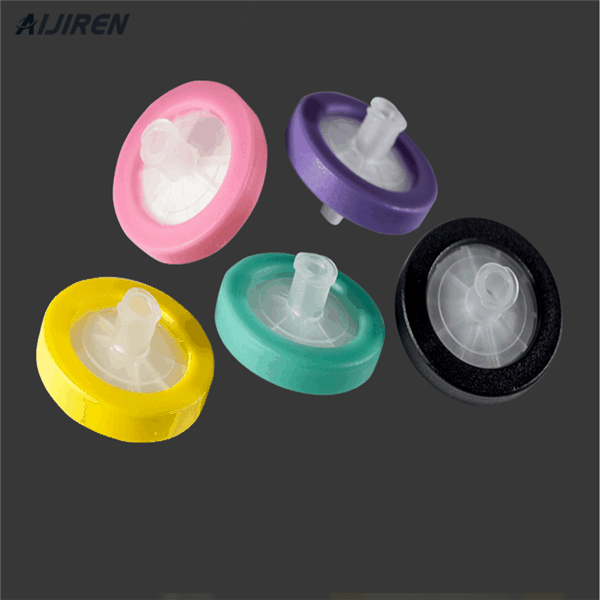
For most laboratory applications, a 0.2um or 0.22um pore size is sufficient for most media sterilization, as well as for bacteria and other particle removal larger than 0.2um in diameter. However, if you need to remove larger or a wider range of bacteria, or particles more than 0.45um in diameter, look for a syringe filter with a 0.45um pore size.

Feb 17, 2020 · PTFE Hydrophilic Syringe Filters 0.2 or 0.45um Resisting nearly all corrosive chemicals makes PTFE syringe filters an ideal choice. However, natural hydrophobic PTFE has it’s disadvantages not letting aqueous solutions passing through while many of these chemicals are diluted with water.
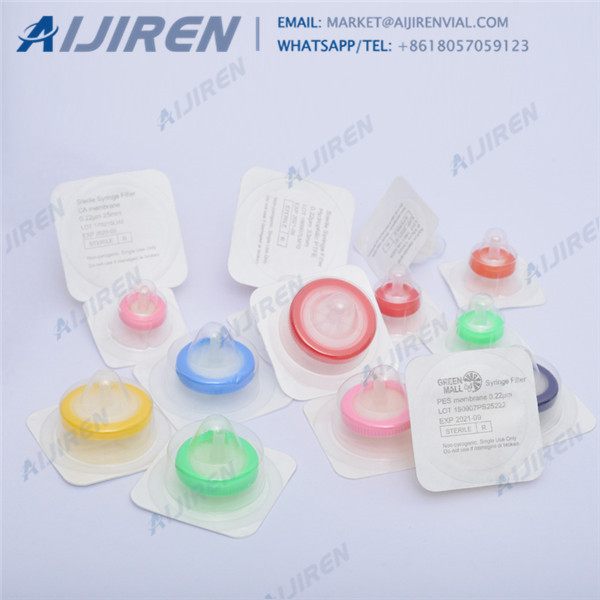
Pore Size: Pore size provides an indication of largest pore diameter and can be related to the membrane’s ability to filter out particles of a certain size. 0.1 µm: mycoplasma removal; o 0.20 to 0.22 µm: filter sterilization and ultracleaning of aqueous solutions and organic solvents (e.g., HPLC)